Dorsal and ventral sides. 1. dorsal male; 2. dorsal female; 3. dorsal female (dark morph); 4. ventral male; 5. ventral female; 6. ventral female (dark morph)
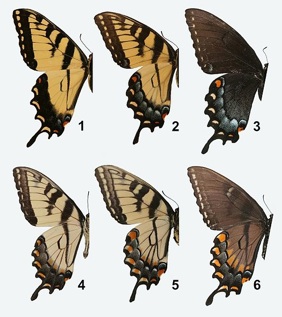
Yellow Squash
Bug Camp Session 3 Day 1
We began along the Rappahannock River Trail on Wednesday morning....a rather muggy and overcast day. This did not deter the butterflies who were EVERYWHERE!!!!! Grey, Bess and Mom eagerly set about the task of collecting a LOT of swallowtails.

Grey gets a lift from Mom to reach the really high ones!




Walnut Moth Caterpillars, Family Notodontidae
We stumbled upon a cluster of these unusually behaving caterpillars who strike an odd pose in unison when threatened.
On a nearby branch, we found all of their most recent “molts”--apparently they do this in unison as well!
Here Bess touches a robust male Widow Skimmer, Libellula luctuosa, a major insect predator in this region. We carefully pinned him out with a hornet clasped in his “kill basket” as an example of his natural prey.



A tiny tree cricket found out it was his lucky day as Grey was interested in only the butterflies!
The Great Hunter
Grey lands a TWOFER....two butterflies at the same time! Back at the “ranch”, Grey became the perfect research student as he painstakingly identified his catch down to species, determined its range and checked its conservation status.


Day 2 was our pinning and identification day. Lucky for us, most of the species we collected were butterflies within the same family. Everyone set about the task of pinning all of our catches from day 1.

Bess and Mom teamed up to help one another learn how to pin the butterflies. We used waxed paper to handle to wings so we wouldn’t rub off their delicate scales.




Field Trip: A side field trip with Bess, Gray and Mom to “Nick’s Garden.” Great looking squash plants....so great, in fact, some insect and her numerous relatives decided to lay eggs all over the squash plant leaves. We were curious about the patterns the mother’s used when depositing their eggs. Some were rather symmetrical and almost mathematical while others were just large clusters. What WERE they thinking?????
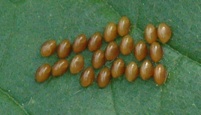


Ronde de Nice Squash
This female carpenter bee, genus Xylocopo, is a successful pollinator on this basil and other plants in Nick’s garden.
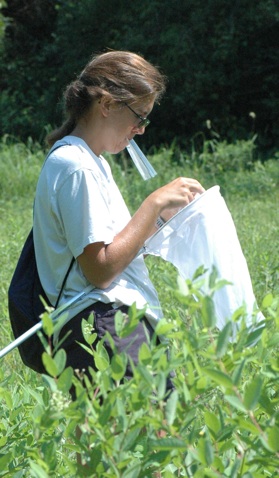

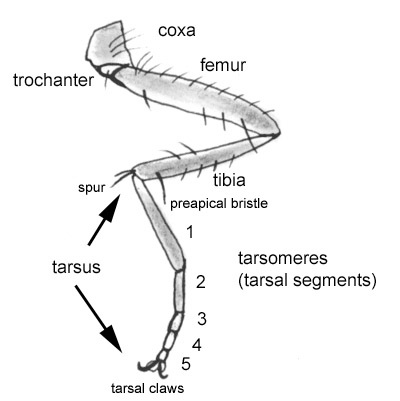
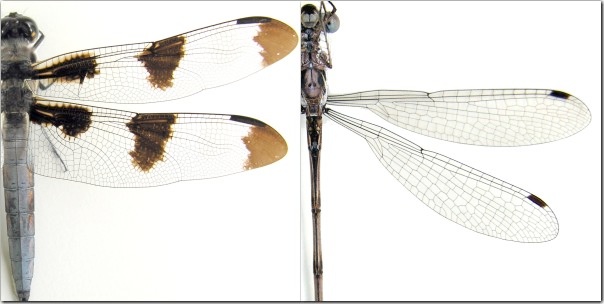
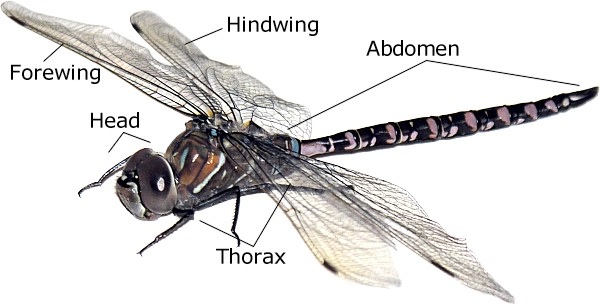
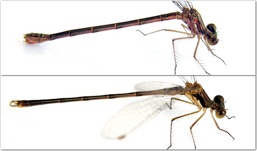
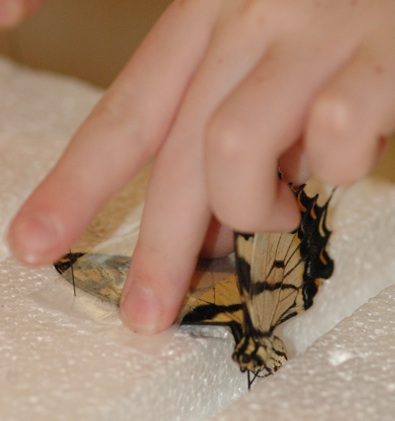
A seasoned scientist in the field....Nick’s personal garden “tender” and avid nature observer....Mom Muldrow!!